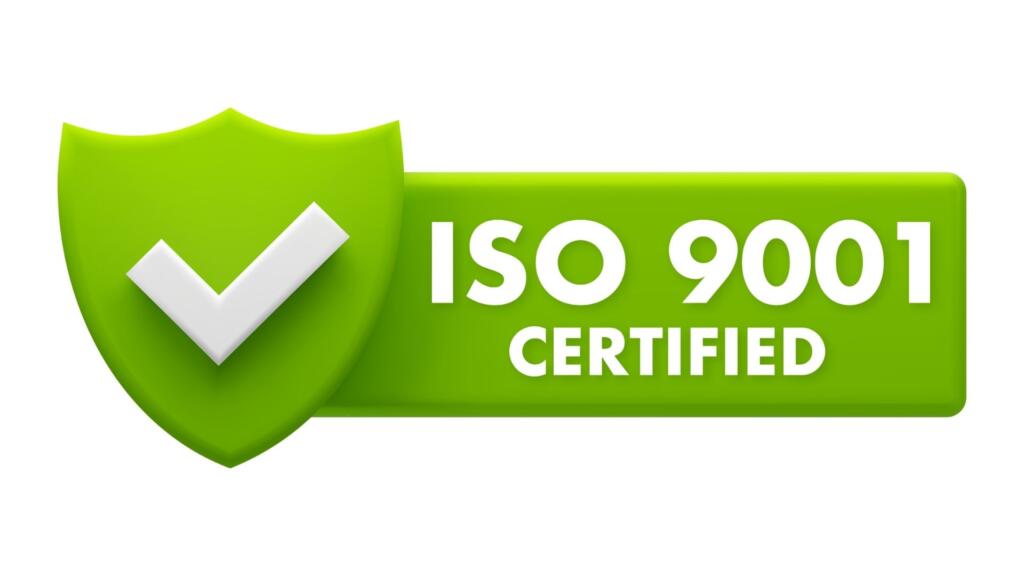
ISO 9001:2015 is a standard that sets out the requirements for a quality management system (QMS). It helps businesses and organizations be more efficient and improve customer satisfaction. For Shivalika Rugs Manufacturer, achieving ISO 9001:2015 certification signifies a commitment to quality and a dedication to continuous improvement.
What is ISO 9001:2015?
ISO 9001:2015 is part of the ISO 9000 family of standards, which are recognized globally. This standard is based on several quality management principles, including a strong customer focus, involvement of top management, a process-oriented approach, and continual improvement.
Quality Management Principles
The core principles of ISO 9001:2015 focus on customer satisfaction, leadership, and engagement of people. Customer satisfaction is at the heart of any successful business, and ISO 9001:2015 emphasizes understanding customer needs and expectations. Leadership is crucial as it establishes a unity of purpose and direction, while engaging people ensures that the organization has competent, empowered, and involved members at all levels.
Process-Oriented Approach
A process-oriented approach is integral to achieving consistent and predictable results. This involves understanding and managing interrelated processes as a system, which helps an organization achieve its quality objectives effectively and efficiently. Such an approach ensures that all processes are aligned with strategic goals, leading to enhanced performance and continuous improvement.
Continual Improvement
Continual improvement is a permanent objective of the organization under ISO 9001:2015. By regularly assessing and improving processes, organizations can adapt to changes in the market and technology. This principle fosters a culture of innovation and agility, enabling businesses like Shivalika Rugs to stay competitive and responsive to customer needs.
The Importance of ISO 9001:2015 Certification
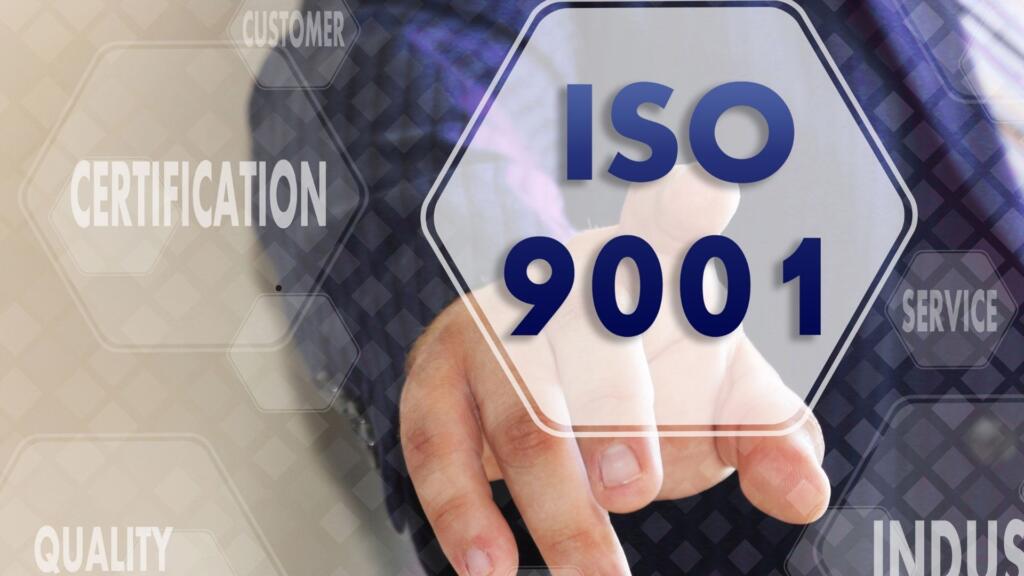
For Shivalika Rugs Manufacturer, obtaining ISO 9001:2015 certification means that the company has met the rigorous standards set by the International Organization for Standardization (ISO). This certification is not just a badge of honor; it demonstrates a reliable and effective QMS that can consistently produce high-quality products.
Trust and Credibility
Achieving ISO 9001:2015 certification enhances the trust and credibility of Shivalika Rugs in the marketplace. Customers and stakeholders are assured of the company’s commitment to quality, which can lead to increased business opportunities and partnerships. It also helps in building a positive brand image and reputation.
Competitive Edge
In a competitive market, ISO 9001:2015 certification provides a significant advantage. It differentiates Shivalika Rugs from competitors who may not be certified, opening doors to new markets and customer segments. The certification can be a decisive factor for potential clients and partners when choosing a supplier or collaborator.
Operational Excellence
ISO 9001:2015 drives operational excellence by encouraging organizations to optimize processes and eliminate inefficiencies. For Shivalika Rugs, this means improved resource management, reduced waste, and enhanced productivity. These improvements contribute to cost savings and increased profitability.
ISO Certification Cost and Process
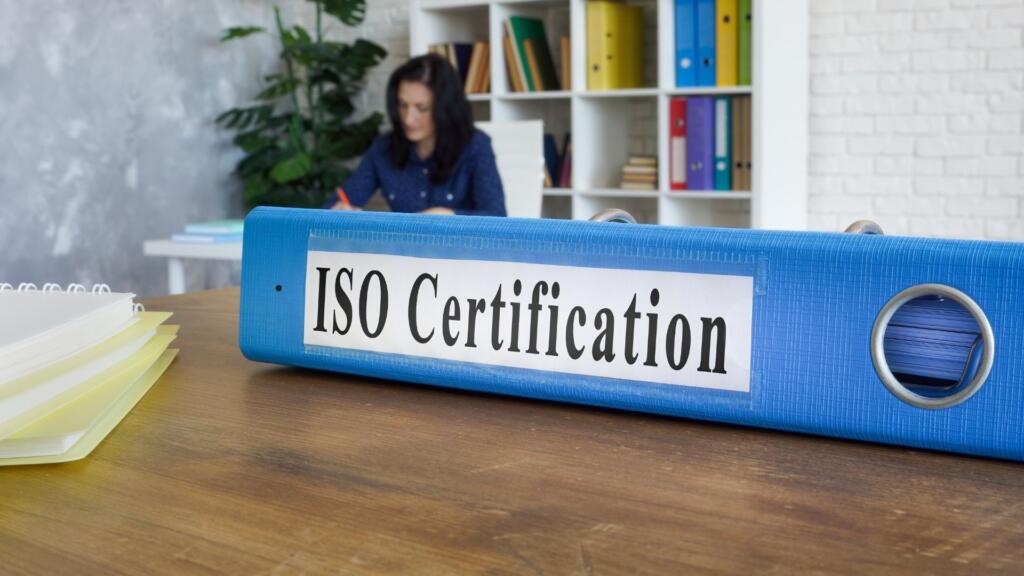
Understanding ISO Certification Cost
The cost of obtaining ISO certification can vary widely depending on several factors, such as the size of the organization, the complexity of the processes, and the level of existing compliance with the standard. For a company like Shivalika Rugs Manufacturer, investing in ISO 9001:2015 certification is a strategic decision that can lead to increased efficiency and market competitiveness.
Factors Influencing Cost
The cost of ISO certification is influenced by several factors, including the size of the organization and the number of employees. Larger companies may face higher costs due to more complex processes and systems. The existing level of compliance with ISO standards also plays a role; organizations with established QMS may incur lower costs compared to those starting from scratch.
Long-term Investment
While the initial cost of certification may seem high, it is important to view it as a long-term investment. The benefits of enhanced quality management, improved operational efficiency, and increased customer satisfaction can lead to significant returns over time. For Shivalika Rugs, this investment can result in sustained growth and profitability.
Cost Management Strategies
Organizations can manage certification costs by adopting strategies such as phased implementation and leveraging internal resources. Conducting a thorough gap analysis to identify areas that require minimal changes can also help reduce costs. Additionally, seeking expert guidance can ensure efficient allocation of resources and successful certification.
Steps to Achieve ISO 9001:2015 Certification

- Gap Analysis: The first step is conducting a gap analysis to determine what changes need to be made to comply with the ISO 9001:2015 standards. This involves reviewing current processes and identifying areas for improvement.
Conducting a Thorough Assessment
A thorough assessment is crucial in identifying gaps in the existing QMS. This involves engaging various departments and stakeholders to gather insights into current practices. Understanding these gaps helps in prioritizing actions and resources, ensuring a focused approach to achieving certification.
Identifying Improvement Areas
Once gaps are identified, the next step is to pinpoint specific areas for improvement. This may include updating documentation, enhancing process controls, and implementing corrective actions. Prioritizing these improvements based on their impact on quality and customer satisfaction is essential for effective implementation.
Setting Measurable Objectives
Establishing clear, measurable objectives is vital for tracking progress and ensuring accountability. These objectives should align with the overall quality goals of the organization and serve as benchmarks for evaluating the effectiveness of the QMS.
- Plan and Implement: Develop a detailed plan to address the gaps identified. This may include training employees, updating documentation, and implementing new processes.
Strategic Planning
Developing a strategic plan involves setting timelines, allocating resources, and defining responsibilities. This ensures that all team members are aligned and focused on achieving the certification goals. A well-structured plan provides a roadmap for successful implementation and minimizes disruptions to regular operations.
Employee Training and Involvement

Training employees is essential for effective implementation of the QMS. It ensures that everyone understands their roles and responsibilities in maintaining quality standards. Involving employees in the process fosters a culture of ownership and accountability, leading to better outcomes.
Updating Documentation
Accurate and up-to-date documentation is critical for ISO 9001:2015 certification. This includes revising quality manuals, procedures, and records to reflect the changes made during implementation. Proper documentation ensures consistency and provides evidence of compliance during audits.
- Internal Audit: Conduct an internal audit to ensure that all processes comply with the ISO 9001:2015 standard. This is a critical step to identify any non-conformities before the official certification audit.
Preparing for the Audit
Preparation is key to a successful internal audit. This involves reviewing documentation, conducting pre-audit meetings, and ensuring that all team members are aware of the audit process. Proper preparation helps in identifying potential issues and addressing them before the formal audit.
Conducting the Audit
The internal audit involves a systematic examination of the QMS to verify compliance with ISO 9001:2015 standards. This includes evaluating processes, interviewing employees, and reviewing documentation. The objective is to identify non-conformities and opportunities for improvement.
Addressing Non-Conformities
Identifying non-conformities is only the first step; addressing them promptly is crucial for maintaining compliance. This involves implementing corrective actions and monitoring their effectiveness. Regular follow-ups ensure that issues are resolved and do not recur.
- Certification Audit: An external auditor will review your QMS to ensure compliance with ISO 9001:2015. If your organization meets all requirements, you will be awarded the certification.
Selecting an External Auditor
Choosing a reputable external auditor is essential for a successful certification audit. The auditor should have experience in the industry and a thorough understanding of ISO 9001:2015 standards. Their expertise ensures a comprehensive evaluation of the QMS.
Preparing for the Certification Audit
Preparation for the certification audit involves conducting a final review of documentation and processes. This includes ensuring that all corrective actions from the internal audit have been implemented and are effective. Proper preparation minimizes the risk of non-conformities during the audit.
Receiving Certification
Once the auditor confirms compliance with ISO 9001:2015 standards, the organization receives certification. This marks the culmination of the efforts and signifies the commitment to quality and continuous improvement. Celebrating this achievement can boost morale and reinforce the importance of maintaining high standards.
- Continuous Improvement: ISO 9001:2015 emphasizes ongoing improvement. After certification, it’s important to continue monitoring and improving processes to maintain compliance.
Monitoring and Evaluation
Continuous improvement requires regular monitoring and evaluation of processes. This involves setting key performance indicators (KPIs) and conducting regular reviews to assess performance. Monitoring ensures that the QMS remains effective and aligned with organizational goals.
Implementing Improvements
Implementing improvements involves making changes to processes based on the findings from monitoring and evaluation. This may include adopting new technologies, revising procedures, or enhancing employee training. Continuous improvement fosters innovation and adaptability.
Fostering a Culture of Improvement
Creating a culture of continuous improvement involves encouraging employees to identify and suggest improvements. This can be achieved through regular feedback sessions, recognition programs, and open communication channels. A culture of improvement ensures long-term success and sustainability.
ISO 9001 Training
Why is ISO 9001 Training Important?
Training is a crucial component of implementing ISO 9001:2015. It ensures that everyone in the organization understands the quality management system and their role in maintaining it. For Shivalika Rugs Manufacturer, effective training helps employees contribute to the company’s quality objectives and enhances overall performance.
Empowering Employees
ISO 9001 training empowers employees by providing them with the knowledge and skills needed to perform their roles effectively. This empowerment leads to increased confidence, motivation, and job satisfaction. Empowered employees are more likely to take initiative and contribute to continuous improvement efforts.
Aligning with Organizational Goals
Training ensures that all employees understand the organization’s quality objectives and how their roles contribute to achieving them. This alignment enhances collaboration and ensures that everyone is working towards common goals. It also helps in maintaining consistency and coherence in the implementation of the QMS.
Enhancing Competency
ISO 9001 training enhances the competency of employees by providing them with the necessary tools and techniques to perform their tasks efficiently. This includes understanding quality standards, process controls, and problem-solving skills. Enhanced competency leads to improved performance and reduced errors.
Types of ISO 9001 Training
- Awareness Training: This type of training is for all employees to understand the basics of ISO 9001:2015 and the importance of a QMS.
Introduction to ISO 9001:2015
Awareness training provides employees with an introduction to ISO 9001:2015, including its purpose, principles, and benefits. This foundational knowledge helps employees understand the significance of the QMS and their role in maintaining it. An informed workforce is essential for successful implementation.
Importance of a QMS
Understanding the importance of a QMS is crucial for employees to appreciate its impact on the organization. Awareness training highlights how a QMS contributes to quality, efficiency, and customer satisfaction. This understanding fosters a sense of responsibility and commitment to quality.
Building a Quality Culture
Awareness training plays a vital role in building a quality culture within the organization. It emphasizes the importance of quality in every aspect of the business and encourages employees to prioritize quality in their daily activities. A strong quality culture is the foundation for achieving and maintaining high standards.
- Internal Auditor Training: Employees who will be conducting internal audits require specific training to understand the auditing process and how to identify non-conformities.
Understanding the Audit Process
Internal auditor training provides employees with a comprehensive understanding of the audit process, including planning, conducting, and reporting audits. This knowledge is essential for ensuring that audits are conducted systematically and effectively.
Identifying Non-Conformities
A key aspect of internal auditor training is learning how to identify non-conformities and areas for improvement. This involves understanding the ISO 9001:2015 standards and evaluating processes against these standards. Identifying non-conformities is crucial for maintaining compliance and driving improvement.
Reporting and Follow-up
Internal auditor training also covers reporting and follow-up procedures. This includes documenting findings, communicating them to relevant stakeholders, and ensuring that corrective actions are implemented. Effective reporting and follow-up are essential for resolving issues and preventing recurrence.
- Implementation Training: This training is for those directly involved in implementing the QMS. It covers the detailed requirements of the standard and how to apply them in practice.
Detailed Understanding of ISO 9001:2015
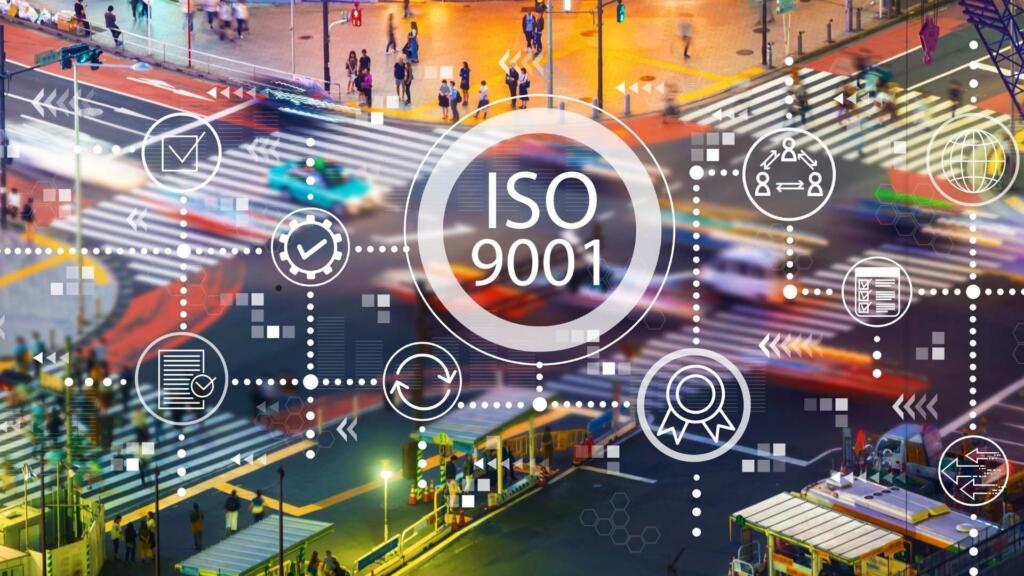
Implementation training provides a detailed understanding of the ISO 9001:2015 requirements and how to apply them in practice. This includes understanding the clauses of the standard, interpreting requirements, and aligning them with organizational processes.
Practical Application
The focus of implementation training is on the practical application of the standard. This involves developing and implementing procedures, controls, and documentation that meet ISO 9001:2015 requirements. Practical application ensures that the QMS is effective and aligned with business objectives.
Overcoming Implementation Challenges
Implementation training also addresses common challenges and provides strategies for overcoming them. This includes managing change, engaging stakeholders, and ensuring continuous improvement. Overcoming challenges is essential for successful implementation and long-term sustainability.
Benefits of ISO 9001:2015 for Shivalika Rugs
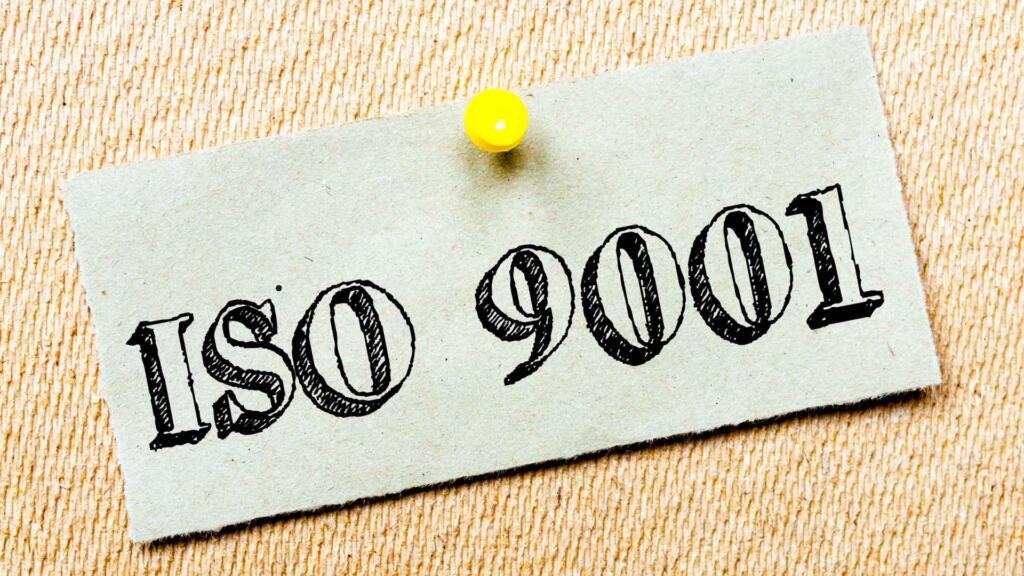
Enhanced Product Quality
Achieving ISO 9001:2015 certification helps Shivalika Rugs Manufacturer ensure that its products meet customer expectations and regulatory requirements consistently. This leads to enhanced customer satisfaction and loyalty.
Consistency in Quality
ISO 9001:2015 ensures consistency in product quality by standardizing processes and establishing clear quality criteria. This consistency leads to reliable products that meet customer expectations every time, building trust and satisfaction.
Meeting Regulatory Requirements
Compliance with regulatory requirements is essential for maintaining market access and avoiding legal issues. ISO 9001:2015 ensures that Shivalika Rugs meets all relevant regulations and standards, reducing the risk of non-compliance and its associated consequences.
Building Customer Loyalty
Enhanced product quality contributes to building customer loyalty. Satisfied customers are more likely to return and recommend Shivalika Rugs to others, leading to increased sales and market share. Customer loyalty is a valuable asset for long-term success.
Operational Efficiency
By adopting a process-oriented approach, Shivalika Rugs can streamline operations, reduce waste, and improve productivity. This not only cuts costs but also enhances the company’s ability to respond to market demands.
Streamlining Processes
ISO 9001:2015 encourages the optimization of processes, leading to streamlined operations. This involves eliminating unnecessary steps, reducing complexity, and improving workflow. Streamlined processes enhance efficiency and reduce lead times.
Reducing Waste
A focus on process efficiency helps in identifying and eliminating waste. This includes minimizing defects, reducing rework, and optimizing resource utilization. Reducing waste leads to cost savings and environmental benefits.
Improving Responsiveness
Operational efficiency enhances the company’s ability to respond quickly to market demands and changes. This agility is crucial in a competitive market, where timely delivery and adaptability can make a significant difference.
Competitive Advantage
ISO 9001:2015 certification gives Shivalika Rugs a competitive edge in the market. It serves as an assurance to clients and partners that the company is committed to maintaining high-quality standards.
Differentiating from Competitors
ISO 9001:2015 certification differentiates Shivalika Rugs from competitors who may not be certified. This certification is a mark of quality and reliability, making the company more attractive to potential clients and partners.
Expanding Market Opportunities
Certification opens doors to new market opportunities, both domestically and internationally. Many clients and partners require ISO certification as a prerequisite for collaboration, providing Shivalika Rugs with access to new markets and customer segments.
Strengthening Brand Reputation
A commitment to quality enhances the brand reputation of Shivalika Rugs. The certification serves as a testament to the company’s dedication to excellence, building trust and credibility with stakeholders.
Risk Management
The standard’s emphasis on risk-based thinking helps Shivalika Rugs Manufacturer identify potential risks in its processes and take proactive measures to mitigate them. This leads to a more resilient and agile organization.
Proactive Risk Identification
ISO 9001:2015 encourages proactive risk identification, enabling the company to anticipate and address potential issues before they occur. This proactive approach minimizes disruptions and ensures business continuity.
Implementing Mitigation Strategies
Once risks are identified, the next step is to implement effective mitigation strategies. This involves developing contingency plans, enhancing controls, and monitoring risk factors. Effective mitigation ensures that risks are managed effectively.
Building Organizational Resilience
A focus on risk management enhances organizational resilience, enabling the company to adapt to changes and challenges. This resilience is crucial for long-term sustainability and success in a dynamic market environment.
Challenges of Achieving ISO 9001:2015 Certification

Change Management
Implementing a new QMS involves significant changes in processes and culture. It requires buy-in from all levels of the organization and effective change management strategies to overcome resistance.
Engaging Stakeholders
Successful change management involves engaging stakeholders at all levels, from top management to front-line employees. This engagement ensures that everyone understands the benefits of the change and is committed to its success.
Addressing Resistance
Resistance to change is a common challenge in implementing a new QMS. Overcoming this resistance requires clear communication, addressing concerns, and involving employees in the process. Building a shared vision and demonstrating the benefits of the change can help in gaining buy-in.
Sustaining Change
Sustaining change requires continuous support and reinforcement. This involves regular communication, monitoring progress, and celebrating successes. Sustaining change ensures that the new QMS becomes an integral part of the organization’s culture.
Resource Allocation
The process of achieving ISO 9001:2015 certification can be resource-intensive. It requires time, money, and human resources to implement the necessary changes and maintain compliance.
Allocating Time and Budget
Effective resource allocation involves setting realistic timelines and budgets for certification. This ensures that resources are available when needed and that the process stays on track. Proper planning and prioritization are essential for successful resource allocation.
Leveraging Internal Resources
Leveraging internal resources can help in managing costs and ensuring successful implementation. This includes using existing expertise, cross-training employees, and involving them in the certification process. Leveraging internal resources enhances ownership and reduces dependency on external consultants.
Balancing Day-to-Day Operations
Balancing the demands of day-to-day operations with the requirements of certification is a challenge. This requires careful planning, prioritization, and coordination to ensure that regular business activities are not disrupted.
Continuous Improvement
Maintaining ISO 9001:2015 certification is not a one-time effort. It requires continuous monitoring, auditing, and improvement of processes. Shivalika Rugs Manufacturer must remain committed to ongoing development to retain certification.
Regular Monitoring and Auditing
Continuous improvement involves regular monitoring and auditing of processes to ensure compliance with ISO 9001:2015 standards. This includes conducting internal audits, reviewing performance, and identifying areas for improvement.
Implementing Corrective Actions
Addressing non-conformities and implementing corrective actions are essential for maintaining compliance. This involves identifying root causes, developing solutions, and monitoring their effectiveness. Implementing corrective actions ensures that issues are resolved and do not recur.
Fostering a Culture of Improvement
A culture of continuous improvement is crucial for long-term success. This involves encouraging employees to identify and suggest improvements, recognizing their contributions, and fostering innovation. A culture of improvement ensures that the organization remains competitive and responsive to changes.
Conclusion
ISO 9001:2015 certification is a valuable asset for Shivalika Rugs Manufacturer. It not only demonstrates a commitment to quality and customer satisfaction but also positions the company for long-term success. By understanding the costs, process, and benefits of ISO 9001:2015, Shivalika Rugs can leverage its QMS to enhance product quality, improve operational efficiency, and gain a competitive advantage in the market.
Achieving Excellence
As the company continues its journey towards excellence, ISO 9001:2015 provides a solid framework for achieving and maintaining high standards of quality. With the right training and commitment to continuous improvement, Shivalika Rugs Manufacturer can ensure its place as a leader in the industry.
Building a Sustainable Future
ISO 9001:2015 certification lays the foundation for a sustainable future by promoting efficient practices, reducing waste, and enhancing customer satisfaction. This sustainability is crucial for long-term growth and success in a competitive market.
Embracing Innovation
Embracing innovation is essential for staying competitive and relevant. ISO 9001:2015 encourages organizations to seek new ways to improve and adapt to changes. By fostering a culture of innovation, Shivalika Rugs can continue to thrive and lead the industry.




